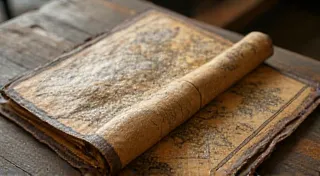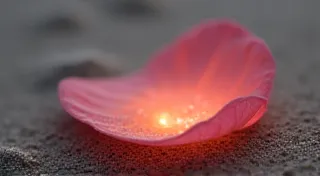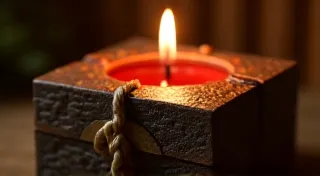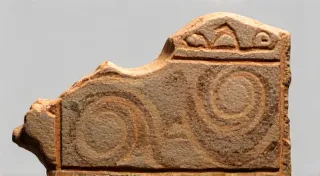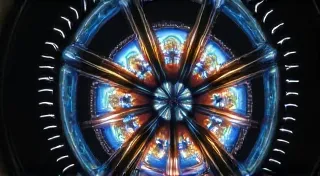The Diamond's Patience: A Lapidary's Meditation on Time and Transformation
The air in my workshop is a quiet symphony. The hum of the saw, the gentle whir of the polishing wheel, the almost imperceptible scrape of diamond grit against stone – these are the sounds of a conversation between me and the earth. And lately, as I’ve been working with rough diamond, that conversation has deepened into something akin to a meditation. It’s a meditation on time, on patience, and on the profound beauty born of persistent transformation.
I’m not a diamond cutter by trade, not in the industrial sense. My work lies primarily with agates, jaspers, and other more accessible stones. But a friend recently brought me a small, uncut diamond – a remnant from a mine in Botswana, a promise of brilliance yet to be revealed. Holding that rough stone in my hand, I felt an almost reverent weight. It wasn’t just the physical weight, but the weight of history, of geological time compressed into a single, opaque form. It was a challenge, certainly, but also an invitation.
The Long Road: Diamond Formation and Human Intervention
We tend to think of diamonds as symbols of eternal love, of unwavering commitment. And in a way, that’s not far from the truth. They are born of immense pressure and heat, deep within the Earth’s mantle, over billions of years. Their formation is a testament to the relentless forces shaping our planet. They are brought to the surface by volcanic eruptions, a dramatic unveiling after eons of darkness. But the journey doesn’t end there. What we see in jewelry stores – that dazzling brilliance – is almost entirely a product of human intervention, of countless hours of skilled labor.
The earliest diamond cutting techniques were incredibly rudimentary. Ancient Indians fashioned diamonds into simple shapes, often used as abrasives rather than gems. The first true cutting occurred centuries later, utilizing basic tools and a painstaking process of grinding and polishing. The brilliance we associate with modern diamonds is a relatively recent development, achieved through the evolution of cutting styles, culminating in the now-ubiquitous brilliant cut, perfected in the 20th century. Even with these advanced techniques, the process remains intensely labor-intensive. The forces that shaped these gems are a marvel to contemplate, not unlike the processes revealed in the geologist's quill, charting a course through Earth's hidden stories.
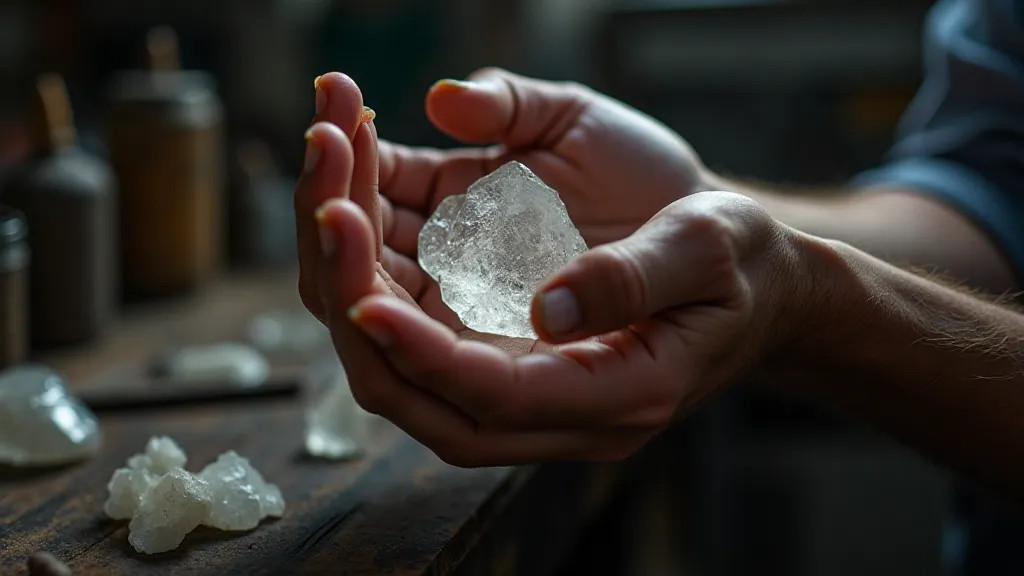
A Lapidary’s Journey: Reflections in the Stone
My own journey into lapidary work began somewhat unexpectedly. I was a restless soul, searching for a craft that would ground me, that would connect me to something tangible and enduring. I found that in the patient unfolding of stone. There's a profound satisfaction in taking a raw, unassuming piece of rock and revealing the hidden beauty within. It’s a process that demands respect, humility, and a willingness to learn from your mistakes.
Working with the rough diamond has amplified this sense of patience. The slightest miscalculation can lead to costly setbacks. Each facet must be precisely angled, meticulously polished. It’s a process of constant assessment, of adjusting, of refining. It mirrors the challenges I've faced in my own life – the setbacks, the frustrations, the moments of doubt. Like the diamond itself, I’ve been forged by pressure, refined by adversity. The willingness to embrace change and find beauty in imperfection, much like the graceful serpentine's dance, has been a crucial lesson learned throughout my craft.
It’s a humbling experience, being reminded of the vastness of geological time. To think that this stone has existed for billions of years, weathering unimaginable forces, and now rests in my hands – it’s a perspective that puts my own worries and anxieties into sharp relief. The diamond doesn’t rush; it endures. And in that endurance, there's a quiet strength that inspires me.
The Art of Faceting: Precision and Perspective
The faceting process itself is a fascinating blend of science and art. Each facet acts as a tiny mirror, reflecting and refracting light. The arrangement of these facets, the precision of their angles, dictates the diamond’s brilliance, its fire, its overall appearance. A poorly cut diamond, even of exceptional clarity and color, will lack sparkle, will appear dull and lifeless.
There are different faceting styles, each with its own aesthetic qualities. The traditional round brilliant cut maximizes brilliance, but other cuts, such as princess, pear, and marquise, offer unique visual characteristics. The choice of cut depends on the shape of the rough stone, the desired aesthetic, and the skill of the cutter.
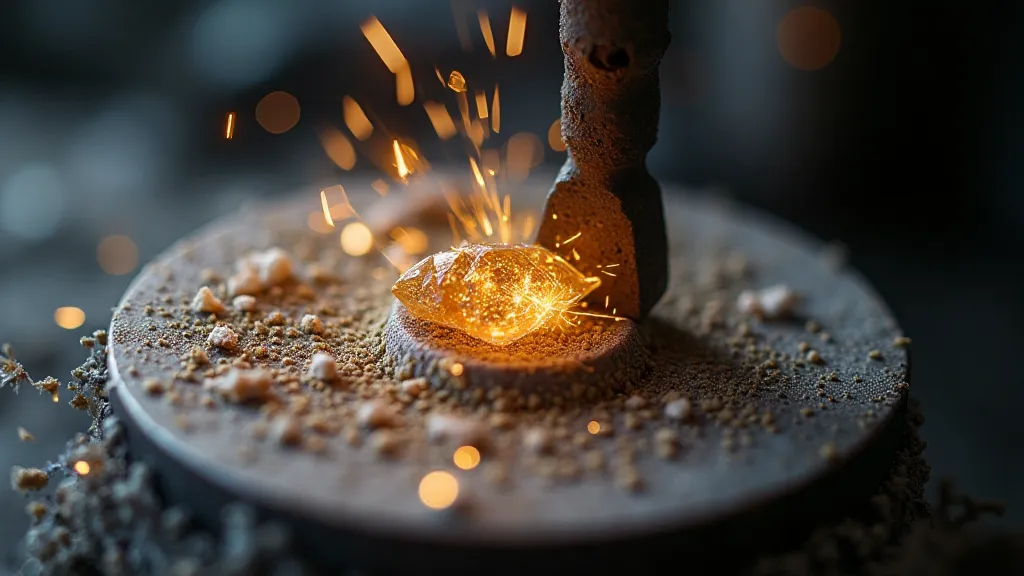
Beyond the Stone: A Connection to Craftsmanship
The craft of lapidary is more than just a means of transforming stone; it's a connection to a lineage of skilled artisans, to a history of human ingenuity and perseverance. It’s a reminder that beauty can be created through dedication and meticulous craftsmanship. In a world increasingly dominated by mass production and fleeting trends, there’s something deeply satisfying about creating something enduring, something beautiful, something that will outlast its creator.
Think about the antique accordions, for example. Complex mechanical marvels, painstakingly assembled by hand, each key, each reed carefully placed and tuned. These instruments represent a dedication to craftsmanship that is rarely seen today. Like a beautifully cut diamond, an antique accordion possesses a depth of character, a richness of tone, that cannot be replicated by modern machines. It’s a dedication to detail that resonates with those who find their voice and tell their stories, akin to turquoise’s song, weaving myth and mineral into narrative threads.
Similarly, the restoration of such an accordion demands patience, skill, and a deep respect for the original artistry. Replacing bellows, repairing reeds, cleaning and polishing the wood – each step requires careful attention to detail and a commitment to preserving the instrument’s inherent beauty. It's a process of uncovering the past, of breathing new life into a treasured artifact.
The Diamond's Patience, A Lapidary's Reward
The rough diamond in my workshop is a constant reminder of the profound connection between time, transformation, and beauty. It’s a challenge, yes, but it’s also an opportunity to learn, to grow, and to appreciate the enduring power of craftsmanship. The journey may be long, the process demanding, but the reward – the unveiling of that inner brilliance – will be well worth the effort. The creative spark and passion required to uncover the gemstone’s brilliance is not unlike the garnet’s fire, igniting creativity through gemstone inspiration.
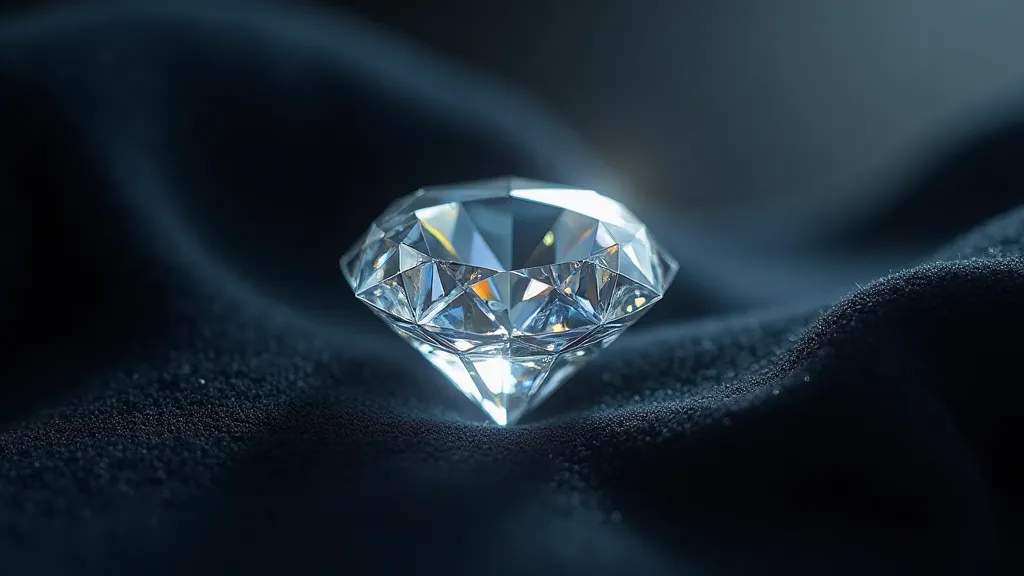
Ultimately, the diamond’s patience isn’t just about enduring geological time; it’s a lesson for us all – a reminder to embrace the challenges, to persevere through the setbacks, and to trust that beauty, in all its forms, will eventually emerge.
